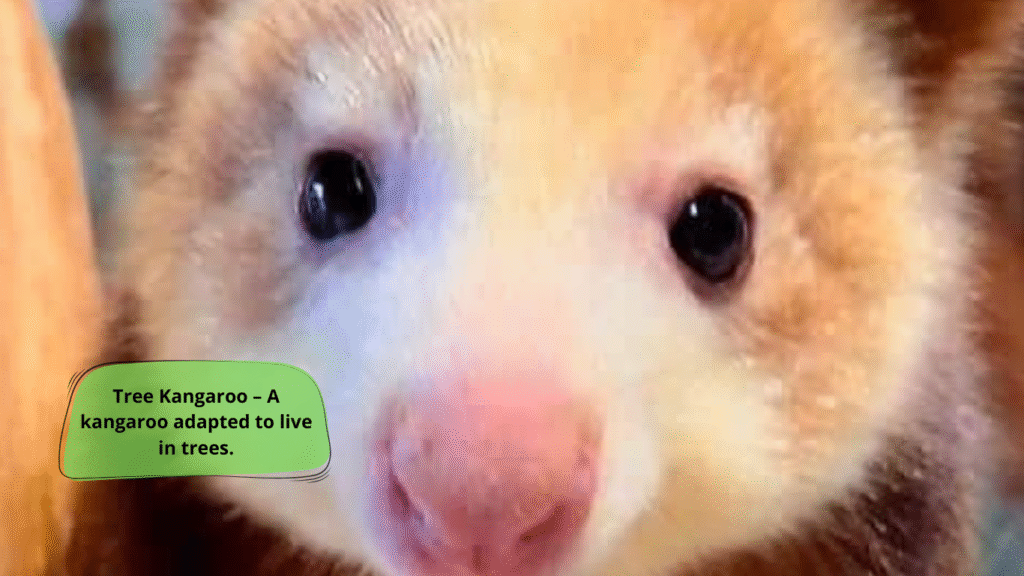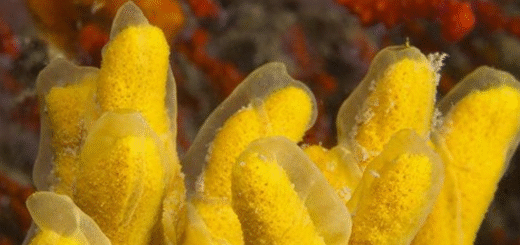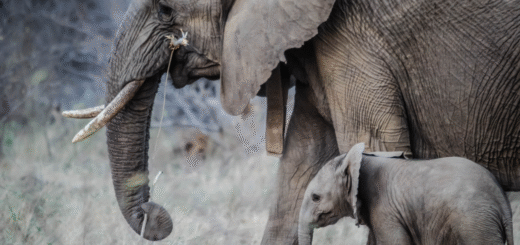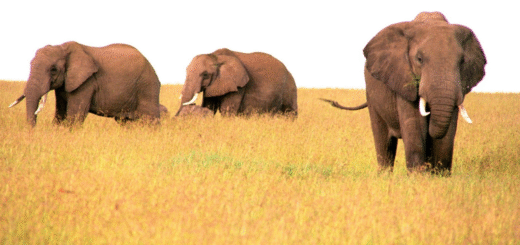Tree Kangaroo: The Adorable Arboreal Wonder of the Rainforest
The tree kangaroo is one of nature’s most surprising marsupials. Unlike its ground-dwelling kangaroo cousins, the tree kangaroo has adapted to life among the treetops. Native to the mountainous rainforests of Papua New Guinea, Indonesia, and northeastern Australia, this elusive animal is a symbol of rainforest biodiversity—and a conservation concern.

What is a Tree Kangaroo?
A tree kangaroo is a member of the macropod family, which includes kangaroos, wallabies, and wallaroos. What sets it apart is its arboreal lifestyle—tree kangaroos have evolved powerful forelimbs, curved claws, and a long tail for balance, allowing them to leap between trees with agility.
There are around 14 known species of tree kangaroos, including:
- Goodfellow’s Tree Kangaroo
- Matschie’s Tree Kangaroo
- Lumholtz’s Tree Kangaroo
Each species is uniquely adapted to its environment, with slight variations in size, color, and fur texture.
Tree Kangaroo Habitat
Tree kangaroos inhabit dense tropical rainforests, typically at elevations between 1,000 and 3,000 meters. These areas are rich in food and offer protection from predators. The canopy provides shelter and an abundant source of leaves, fruits, and flowers, which make up most of their diet.
Tree Kangaroo Behavior and Diet
Unlike typical kangaroos, tree kangaroos are solitary and slow-moving on the ground but surprisingly agile in trees. They rest during the day and forage mostly at dusk and dawn.
Their diet consists mainly of:
- Leaves
- Fruits
- Flowers
- Bark
- Occasionally small birds or eggs
They have a specialized digestive system similar to cows, which helps them break down tough plant material.
Why is the Tree Kangaroo Endangered?
Several species of tree kangaroos are classified as endangered or critically endangered. The primary threats include:
- Deforestation due to logging and agriculture
- Hunting by local communities
- Habitat fragmentation, which isolates populations and limits genetic diversity
Organizations like the Tree Kangaroo Conservation Program (TKCP) work with local people to protect remaining habitats and promote sustainable land use.
Interesting Tree Kangaroo Facts
- Tree kangaroos can jump up to 30 feet from one tree to another.
- They carry their young in a pouch, just like terrestrial kangaroos.
- A tree kangaroo’s tail is nearly as long as its body, helping with balance.
- They are so elusive that some species were only discovered in the last few decades.
Conservation Efforts and How You Can Help
Protecting tree kangaroos means protecting rainforests, which benefits countless other species and helps combat climate change. You can help by:
- Supporting conservation organizations
- Avoiding products that contribute to rainforest deforestation (like unsustainable palm oil)
- Spreading awareness about these rare and beautiful animals
Conclusion
The tree kangaroo is a fascinating example of nature’s adaptability—a kangaroo that has taken to the trees and thrives in the rainforest canopy. As adorable as they are rare, these creatures need our attention now more than ever. By learning about them and supporting conservation, we can help ensure tree kangaroos continue to leap through treetops for generations to come.








